Microsoft has announced DirectX 12 Ultimate, which it calls the next evolution of DirectX. The new DX12 Ultimate is the result of five years of continual investment in the DirectX 12 platform to keep Xbox consoles and Windows PCs at the cutting edge of gaming. In essence, DX12 Ultimate brings together all of DX12's upcoming features such as DirectX Raytracing and Variable Rate Shading, as well as adding new major features such as Mesh Shaders and Sampler Feedback. Importantly, DX12 Ultimate will not impact game compatibility with existing hardware, which will simply use a subset of available features as applicable.
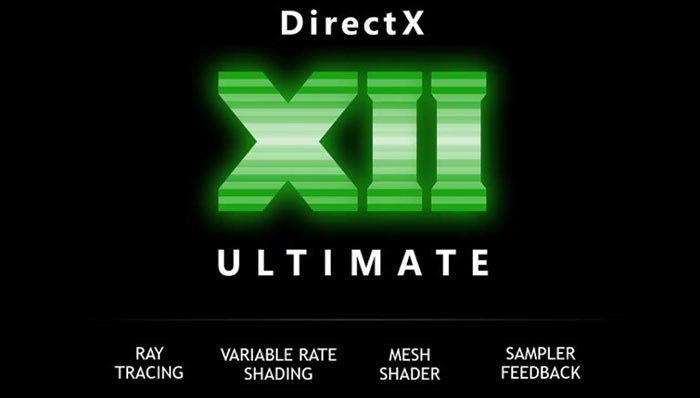
A virtuous circle will be the result of the introduction of DX12 Ultimate, opines Microsoft on the DirectX Developer Blog. "By unifying the graphics platform across PC and Xbox Series X, DX12 Ultimate serves as a force multiplier for the entire gaming ecosystem," it asserts. In other words, rather than following independent cycles, Xbox Series X and modern PC titles will immediately benefit from graphical programming advances on either platform.
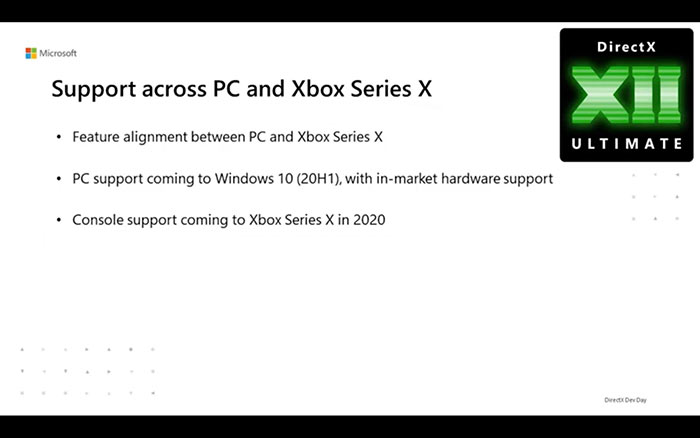
Four major graphical tech introductions
Looking a bit deeper, there are four major innovations present in DX12 Ultimate, which will benefit the next-gen Xbox consoles and modern PCs. These are mentioned in the intro but you will find fuller summaries below.
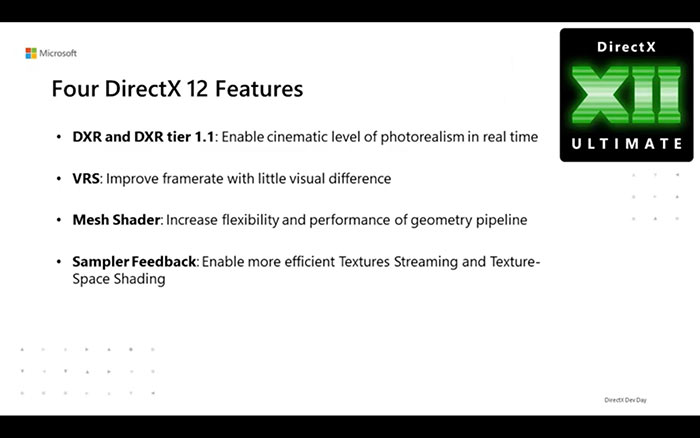
DirectX Raytracing 1.1 introduces three major capabilities taking it above and beyond the 1.0 release. These are; the ability to prepare raytracing work on the GPU and then immediately spawn it, streaming engines can more efficiently load new raytracing shaders as needed, and inline raytracing is now available in any shader stage including compute shaders, pixel shaders etc.
Developers will use both the new inline raytracing and the original dynamic-shader-based raytracing for different purposes - or can combine them within a single renderer.
Variable Rate Shading (VRS) has been in HEXUS news previously as PC graphics vendors sought to introduce this efficient tech to their users. DX12 Ultimate support will make this tech more commonplace, making games perform faster as GPU power can be dialled up in important areas and down where it is of less noticeable.
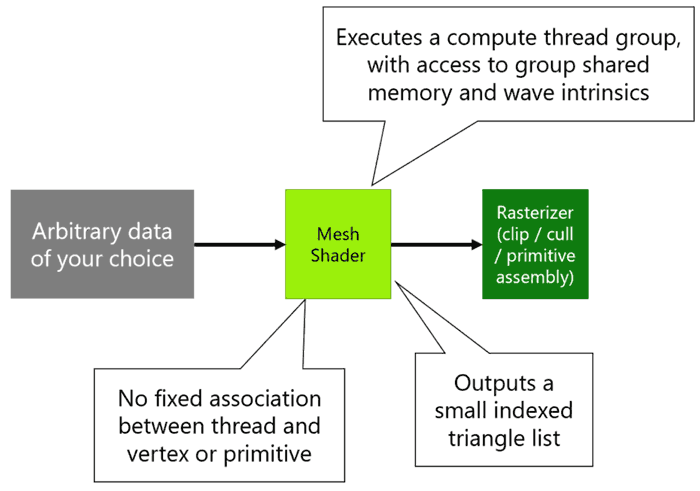
Mesh Shaders will offer developers more programmability than the previous geometry pipeline. They make geometry processing behave more like compute shaders and add flexibility to thread allocation and input data formats. Along with mesh shader comes an optional new shader stage called the Amplification Shader. Running ahead of the Mesh Shader, this stage is especially useful for culling, "as they can determine which meshlets are visible, testing each set of between 32-256 triangles against a geometric bounding volume, normal cone, or more advanced techniques such as portal visibility planes," explains Microsoft.
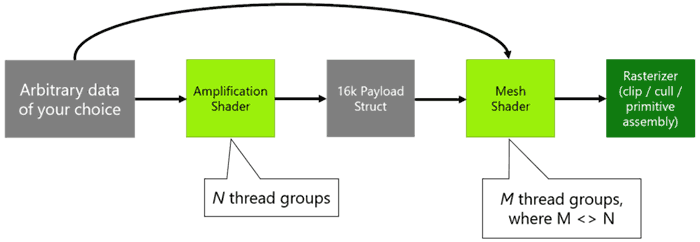
Sampler Feedback is great for efficiency as it enables developers to only load in textures when needed. This means games can benefit from better visual quality, shorter load time, and less stuttering. In turn this new tech enables Texture-space shading (TSS), a rendering technique which de-couples the shading of an object in world space from the rasterisation of the shape of that object to the final target.
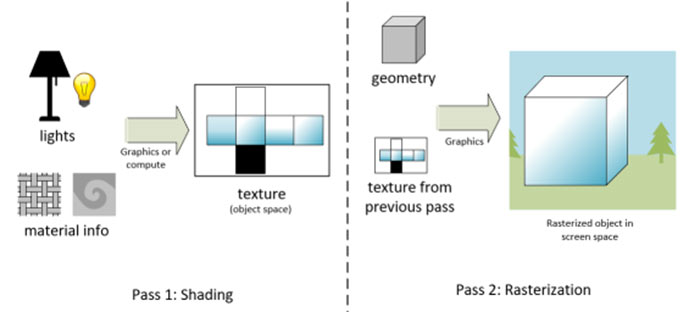
Do readers think that, with DirectX 12 Ultimate, Microsoft will achieve its goal of 'future-proofing' feature support for next gen games across the Windows/Xbox ecosystem?













